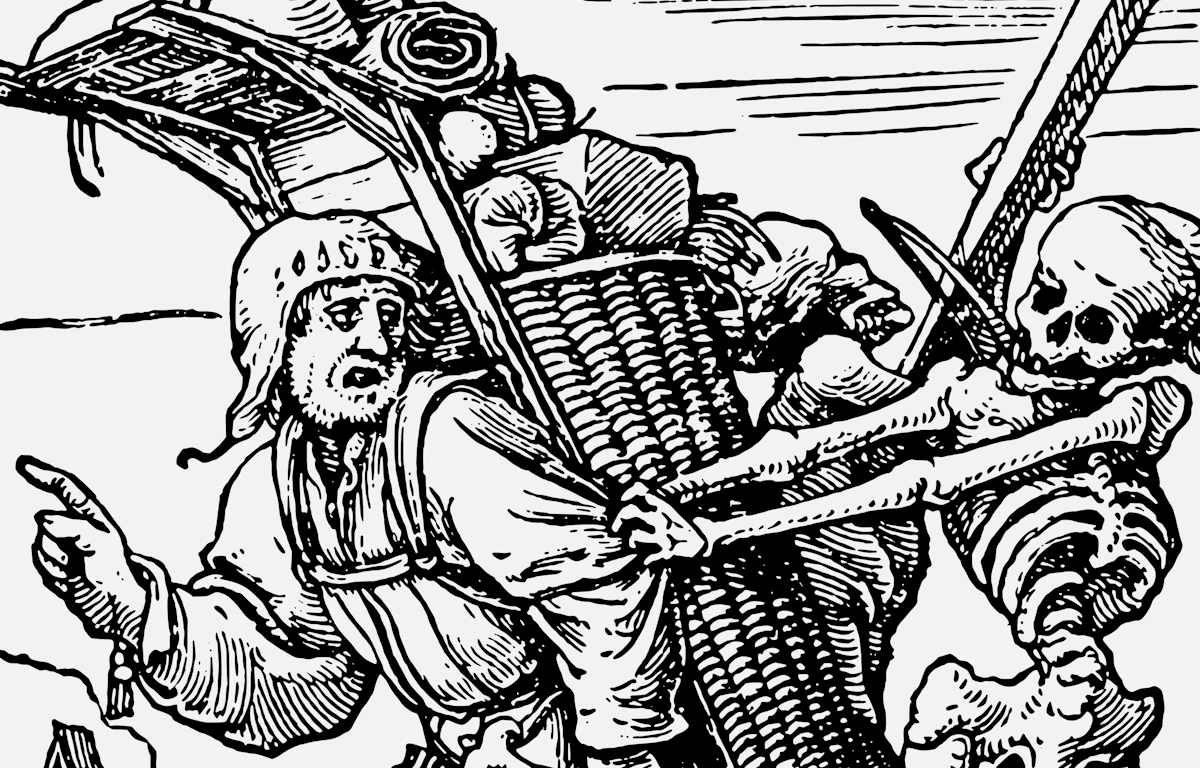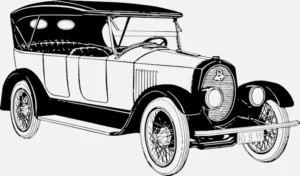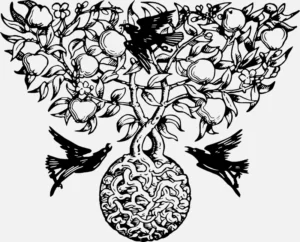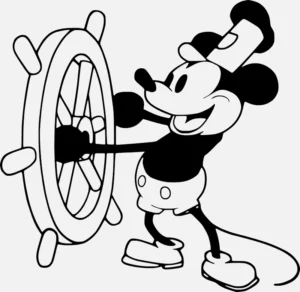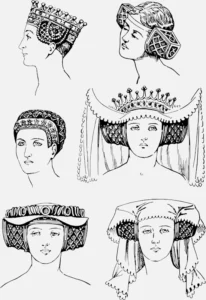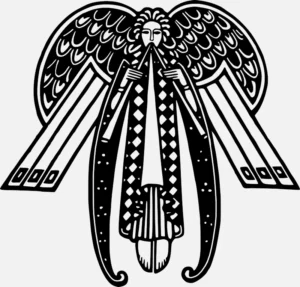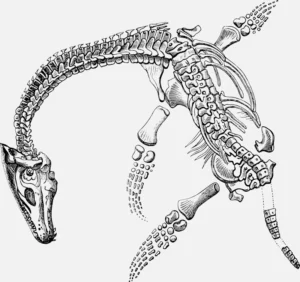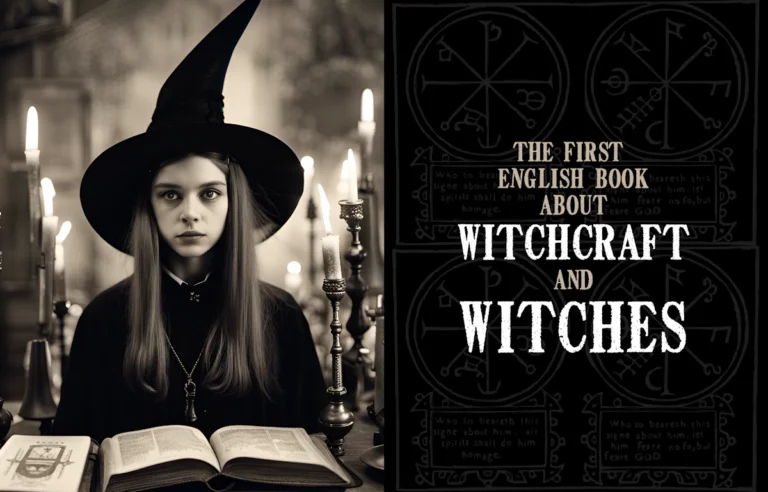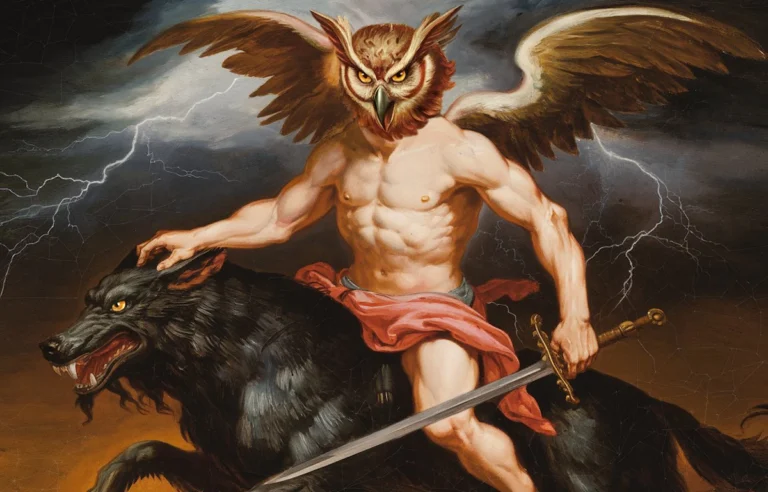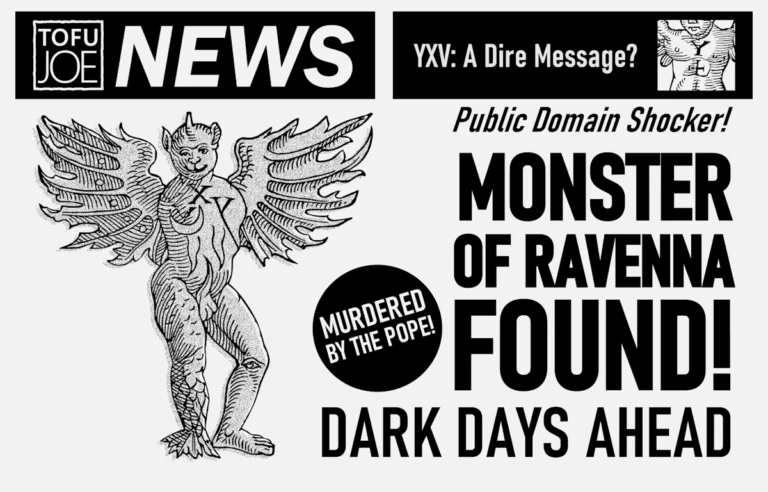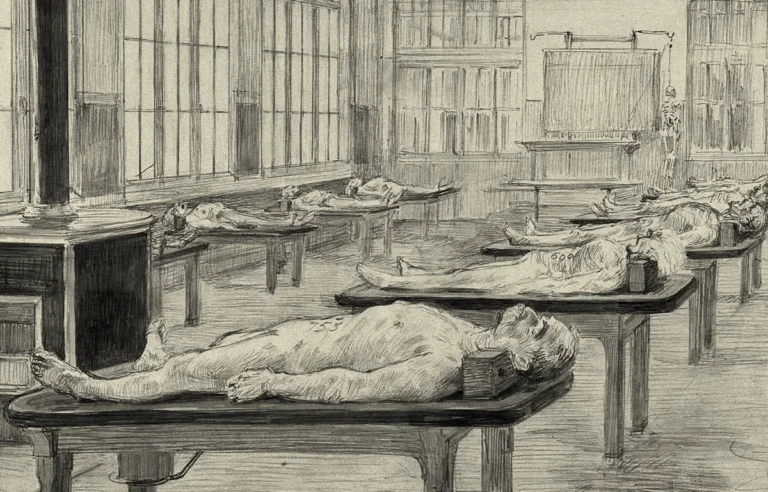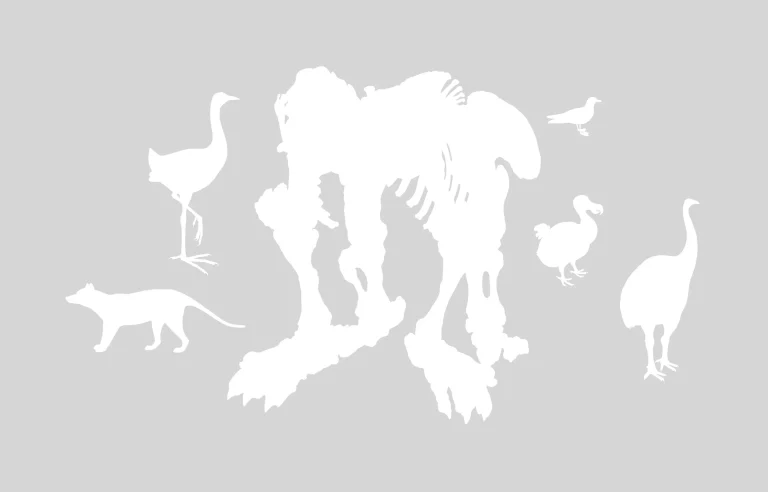The World of Digital Vector Art
Digital art is so much more than just colorful pictures or fancy photo edits. There’s a style that’s flexible and perfect for eye-catching projects like billboard ads or slick logos. This style is called vector art, and it’s a heavyweight in the world of graphic design. Imagine vector art as the superhero of digital images, ready to save the day with its sharpness and versatility. So, what makes vector art so special, and why does it stand out from the crowd? Let’s dive into its unique traits and see how it compares to other types of digital images.
What Are Raster Images?
When you’re scrolling through social media or checking out photos on your phone, you’re usually looking at raster images. Picture these as tiny dots of color, called pixels. If you zoom in on one of these images, it starts to look grainy or blurry. That’s because each pixel is like a piece of a puzzle that comes together to form the complete picture. Raster images include formats like JPGs, GIFs, and PNGs. Each pixel in the image holds information about its color, and you could have millions of these dots packed into a single file.
But here’s the catch: raster images don’t scale up well. So, that beautiful photo that looks perfect on your phone might turn into a pixelated mess if you try to blow it up to the size of a billboard. This can be a huge headache for designers who need their work to look sharp and professional no matter the size. Imagine trying to use a pixelated image on a giant poster—yikes! It’s like trying to read a book through a pair of binoculars that are way too zoomed in.
What Are Vector Images?
Now, vector images are a whole different ball game. Instead of pixels, vector images are made of paths. Think of paths like lines or curves you might draw in a “connect-the-dots” puzzle. But here’s the twist: these paths are defined by mathematical equations! Yes, behind every vector image are complex math formulas that decide how its shapes, lines, and curves will look. Thanks to this mathematical magic, you can resize vector images to any size and they’ll stay clear and sharp.
So, let’s say you design a small logo for a business card. With vector art, you can use that same logo for a gigantic billboard, and it will still look just as crisp and clean as it did on the tiny business card. This is why vectors are the go-to choice for branding and advertising. They offer flexibility without compromising on quality. It’s like having a magic wand that makes your designs look perfect whether they’re as small as a stamp or as big as a building.
A Brief History of Vector Art
Vector art might seem like a modern marvel, but its roots go way back. In the 1950s and 1960s, vector graphics were used for military purposes. One of the earliest uses was a system called SAGE (Semi-Automatic Ground Environment). SAGE used vector graphics to track aircraft on radar screens. This was a huge leap forward because raster images couldn’t handle the real-time tracking complexity needed back then. Imagine trying to track fast-moving aircraft with blurry images—definitely not ideal!
By the 1970s, vector graphics began making their way into commercial use. Engineers and architects started using computer-aided design (CAD) software, which relied on vector graphics to create technical drawings. These early CAD programs allowed professionals to design buildings, machines, and other structures with amazing precision, and their drawings could be resized without losing clarity. Fast forward to the 1980s and 1990s, and vector art had firmly established itself in graphic design with programs like Adobe Illustrator and CorelDRAW. These tools allowed artists and designers to create logos, typography, and illustrations that looked great at any size. With the internet boom, vector art became even more crucial as designers needed graphics that looked sharp on all kinds of screens—from tiny phone displays to massive desktop monitors. It’s like the evolution of vector art was the secret ingredient to making the digital world look fabulous.
Vector Art vs. Raster Art
So, what makes vector art so special? To really get it, let’s pit it against raster art in a friendly match-up.
Raster images are made of pixels, with each pixel acting like a tiny colored tile in a mosaic. These images are fantastic for photos and detailed artwork where smooth color transitions and fine details are crucial. But raster images have a major flaw: they don’t resize well. Try to make a raster image bigger, and it can become blurry or pixelated because you’re stretching out those pixels. It’s like trying to stretch a small, detailed painting into a giant mural—some of the details are bound to get lost in translation.
On the flip side, vector images are made of paths and shapes. Since they rely on math rather than pixels, vectors can be resized to any dimension without losing quality. This makes them ideal for things like logos, icons, and technical illustrations. You get clear, crisp lines no matter how big or small the image becomes. It’s like having a magical drawing tool that keeps your work looking perfect whether it’s a tiny logo on a business card or a massive billboard.
Where Is Vector Art Used?
Vector art is like the Swiss Army knife of design—extremely versatile and used in many fields. It’s often found in logo design, where it ensures that a logo looks great no matter where it appears—from a tiny business card to a huge billboard. Fonts and typography are actually vector art too! That’s why you can resize text in your word processor or design software without it getting blurry. Many artists use vector tools for creating bold, colorful illustrations. The clean lines and flat colors make vector art a favorite for stylized images. Engineers, architects, and product designers rely on vector graphics in CAD programs to create blueprints, diagrams, and other technical drawings with precision. And in web design, icons and logos are often created using vector graphics to ensure they look sharp on any screen, from tiny phone displays to large desktop monitors.
Creating Vector Art
To make vector art, you need special software that can handle all those mathematical equations and paths. There are several programs out there, each with its own set of tools and features. Adobe Illustrator is one of the most popular vector graphic design programs. It offers a wide range of tools for creating everything from simple icons to complex illustrations. CorelDRAW is another favorite, known for its powerful vector editing tools and user-friendly interface. For those looking for a free alternative, Inkscape is an open-source vector graphic program. It has many of the same features as Adobe Illustrator, making it a great option for beginners or budget-conscious designers. Affinity Designer is a newer player on the scene that’s gaining popularity due to its affordability and powerful features. It’s often seen as a strong competitor to Adobe Illustrator. With the right tools, you can dive into the fascinating world of vector art, where the possibilities are as endless as your imagination.
The Advantages of Vector Art
What makes vector art so appealing to designers and artists? Scalability is the most obvious advantage. Whether you’re designing something tiny or gigantic, your image will always look crisp and clear. Vector files are often smaller in size compared to raster images, especially if they’re simple designs. This makes them easier to share and store. Editing vector graphics is a breeze since they’re made up of separate shapes and lines. You can tweak individual parts of the design without affecting the whole image. Plus, because they’re based on mathematical equations, vector images allow for incredibly precise control over lines, curves, and shapes. This precision is crucial for technical drawings, logos, and illustrations that need to look perfect at any size. It’s like having a toolbox full of precision instruments for your creative projects.
Challenges of Vector Art
While vector art is incredibly versatile, it’s not perfect for everything. It’s fantastic for shapes, lines, and simple illustrations but doesn’t fare well with detailed photographs. Raster images like JPGs or PNGs are better for capturing fine details, textures, and color gradients. Also, vector design programs, especially Adobe Illustrator, can have a steep learning curve for beginners. But don’t let that scare you! Once you get the hang of the tools, the creative possibilities are almost endless. It’s like learning to ride a bike—once you master it, you’re free to zoom around and explore.
Conclusion
Digital vector art has revolutionized the way designers and artists work. It allows for flexible, scalable, and editable images that can be used in a variety of projects. Whether it’s a business logo, an eye-catching advertisement, or a technical drawing, vector art gives creators the freedom to work at any size while maintaining sharpness and quality. So, next time you see a logo on a billboard or a sleek icon on a website, remember there’s a good chance it started out as a vector. With the right tools and a bit of creativity, you too can dive into the exciting world of vector art, where your creative dreams can become reality.


